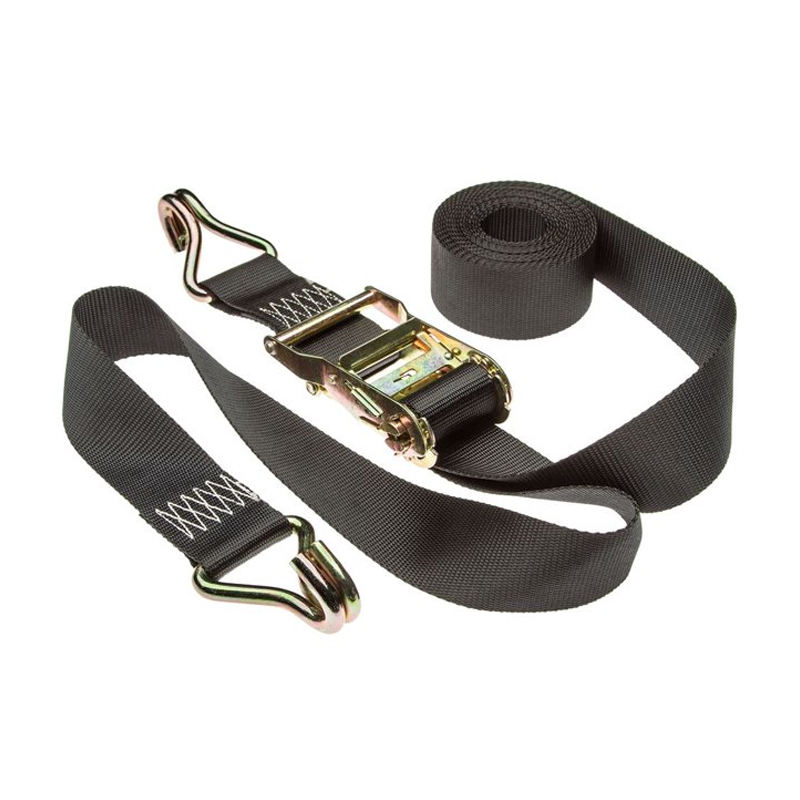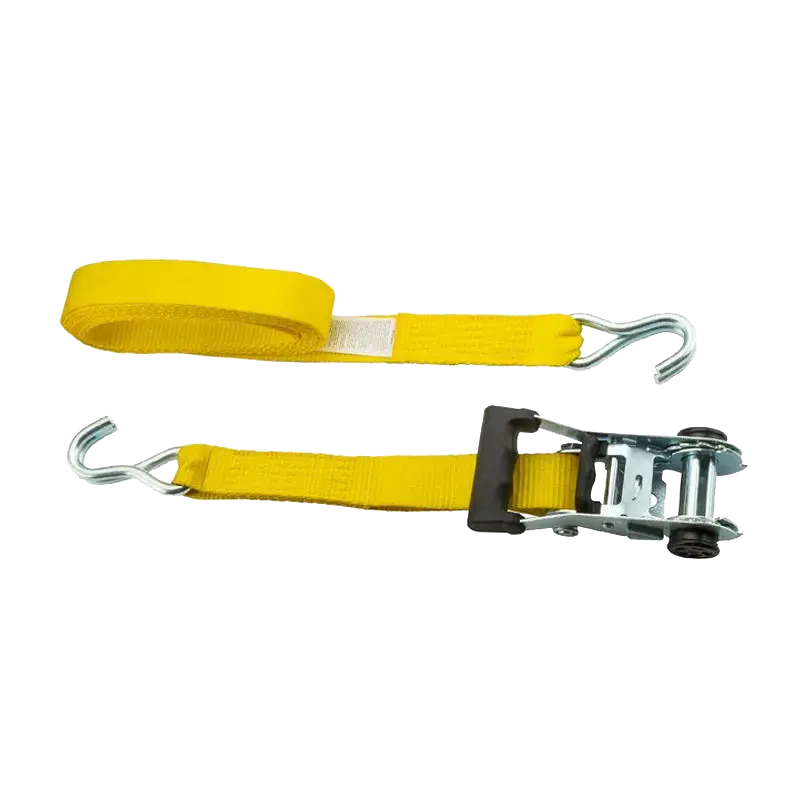- Implementation mechanism of quick adjustment
Design of one-way rack + cam structure:
Cam Buckle Strap usually consists of a webbing (rack) with serrations and a lock buckle with cam. When the webbing is pulled, the cam will rotate accordingly, allowing the rack to slide in one direction (similar to the flywheel principle of a bicycle chain), realizing the quick adjustment of "one pull and tighten". When using, the user only needs to tighten the webbing with one hand to complete the adjustment, without the need to repeatedly align the hole position like traditional buckles.
Low friction design:
The cam surface is usually made of self-lubricating materials (such as nylon or plated metal) to reduce the friction resistance with the rack, making the sliding smoother and enhancing the user experience.
- Locking principle and mechanical design
Cam self-locking effect:
When the webbing is subjected to reverse tension (such as backpack weight), the cam will automatically rotate and lock the rack due to the force, forming a mechanical self-locking. Its principle is similar to the ratchet structure of a wrench, which uses the angle difference to generate the bite force. The contact angle between the cam and the rack is usually designed to be 5°~15°, which is less than the friction angle (such as about 25° for nylon to nylon), ensuring that "the more you pull, the tighter it gets". Experimental tests show that a standard cam buckle (such as 25mm wide) can withstand a static tensile force of more than 500kgf.
Anti-loosening and reinforced design:
The design of some buckles adds a spring pressure plate to further tighten the rack after the cam is locked to prevent micro-slip caused by vibration.
Material hardness matching: The rack is made of wear-resistant nylon, and the cam is made of hardened steel or aluminum alloy to ensure that it can still bite tightly after long-term use.
- Advantages compared with traditional buckles
|
Features
|
Cam buckle
|
Traditional buckle
|
|
Adjustment speed
|
Quick adjustment with one hand
|
Hole alignment required, takes a long time
|
|
Locking reliability
|
Dynamic self-locking, vibration resistance
|
Relying on latches, prone to accidental loosening
|
|
Applicable scenarios
|
High load (mountaineering, tactical equipment)
|
Low intensity (daily backpack)
|













